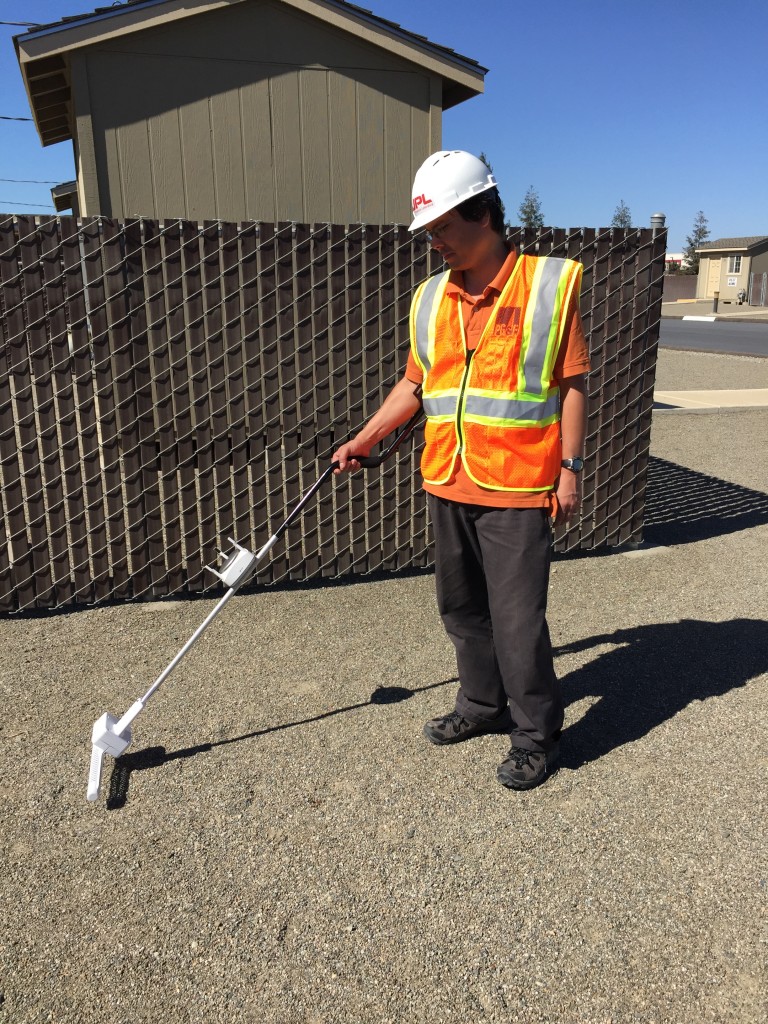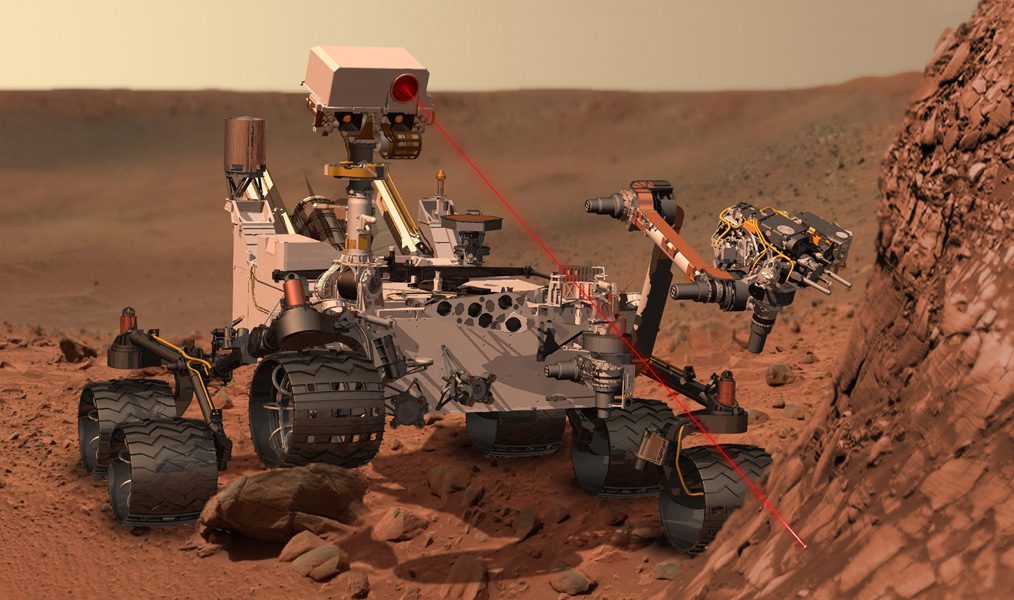
Pacific Gas and Electric is testing a new device for detecting methane leaks. The sensor is based on a tool that’s mounted on NASA’s Mars Curiosity rover. NASA designed PG&E’s new gadget, too, which the utility says is 1,000 times more sensitive than the hand-held equipment it’s been using to track down leaks.
The sensor is a small, ultra-sensitive device, mounted on the end of a pole, so that it looks a little like a golf club, explains Hailey Wilson, a PG&E spokeswoman. Inspectors can walk around with it, and it will notify them of leaks in real-time. Methane is the main ingredient in natural gas.
“It helps us localize the leaks quicker,” Wilson says. “So it’s not like it’s picking up leaks that we wouldn’t find eventually, but it enables us to find it much more quickly and fix it much more quickly.”
In 2010, a PG&E pipeline exploded in San Bruno, killing eight people. The utility faces a federal criminal trial for violating pipeline safety regulations, and is being fined by the California Public Utilities Commission. The explosion occurred when an old gas pipeline ruptured.
PG&E currently monitors for natural gas leaks by helicopter, boat, car and foot along its nearly 48,000 miles of pipelines. The utility has begun using another ultra-sensitive methane detector, which is mounted on cars. While the Picarro car can sweep neighborhoods for leaks, Wilson says, hand-held devices are vital for pinpointing the sources.

